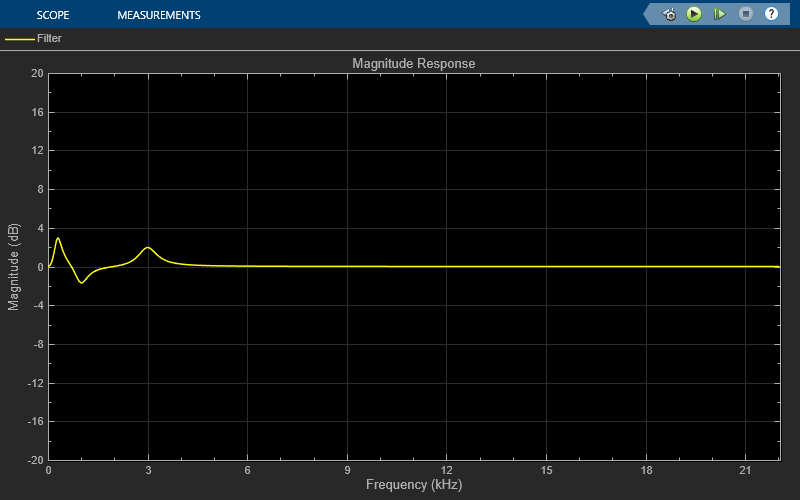dB Conversion
Convert magnitude data to decibels (dB or dBm)
Libraries:
DSP System Toolbox /
Math Functions /
Math Operations
Communications Toolbox /
Utility Blocks
Description
The dB Conversion block converts a linearly scaled power or amplitude input to dB or dBm. The reference power is 1 Watt for conversions to dB and 1 mWatt for
conversions to dBm. The block's Input signal parameter specifies
whether the input is a power signal or a voltage signal, and the Convert
to parameter controls the scaling of the output. When selected, the
Add eps to input to protect against “log(0) =
-inf” parameter adds a value of eps to all power and voltage inputs. When this parameter is not
selected, zero-valued inputs produce -Inf at the output.
Examples
Ports
Input
Output
Parameters
Block Characteristics
Data Types |
|
Direct Feedthrough |
|
Multidimensional Signals |
|
Variable-Size Signals |
|
Zero-Crossing Detection |
|
Extended Capabilities
Version History
Introduced before R2006a
